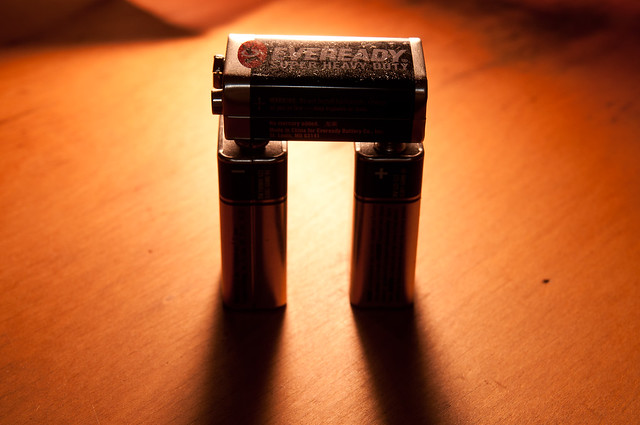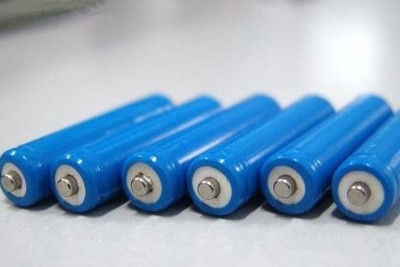Li-Ion Battery Charging Basics-Charging Tool And Steps
Mar 31, 2020 Pageview:1911
Rechargeable batteries are expensive, as you need to buy a battery charger alongside batteries that stood out from use and hurl batteries. Are you curious to know how to charge your batteries safely? In this article, you will get clear information about battery charging.
Do Li-ion batteries need a special charger?
Yes, you should use a special charger for charging lithium batteries; otherwise, there can be different issues that can undergo the battery, such as fire hazards, damaging and overloading, voltage limits, etc.
The best standard of charging the battery is that a charger made for one sort of battery may not be reasonable for another charging of battery:
There are several modern rechargeable appliances and devices—such things as computer mp3 players and cellphones—they have their different chargers when you get them, so you don't need to stress to find the charger to the battery.
However, if you purchase a bunch of rechargeable cells in a store, it's significant that you are buying cells that suit the charger you have or replace your charger in like manner.
Note the voltage and current which the cells require, make sure to pick a charger with the accurate voltage and current to go with them, and charge for the right measure of time.
If you need to get yourself some rechargeable cells, however, you're not so much sure how to approach coordinating batteries and charger, go for a consolidated set—where you purchase cells and charger in a similar bundle.
Can you charge a Li-ion battery while using it?
No, the primary explanation is this: a battery charged is dependent upon a voltage higher than that of the battery's voltage. It is essential to know that current streams from the charging circuit into the cell, as opposed to the other way around.
If you put some load on the battery while undercharge, two things will occur. Most importantly, the battery likely won't supply the current. The charging circuit will control your load when it can. Furthermore, the battery charging circuit will now and again quit charging to screen the condition of the battery. At the point when that occurs, the battery will need to supply the load, whenever allowed. Lamentably, the battery under load will report an unexpected voltage in comparison to the battery, not under load, and that will spoil the charging procedure.
It's, in fact, conceivable to plan a charging circuit that permits both your charger and the battery to control the load. As far as I can tell, most cell phones do this, however with Lithium cells, it's more unpredictable than essentially simply dumping power into the system. There's a particular pattern of charging one must see to guarantee the Lithium cell is charging for most extreme life expectancy, and obviously, not overcharged. There are different approaches to do this; however, the main concern if the battery supplies any power to the system, it's not charging.
Modern gadgets don't have this kind of issue, since devices that do charge their batteries and do so totally under programming control. So these smartphones could be charging when you're on a power dongle with enough power, at that point cut off if the telephone load began to top. Also, it's even conceivable to change the charging completely.
It's acceptable to realize that the "charger" you put on your telephone isn't a charger by any means. It's a power supply. It resolves your smartphone during the charging procedure if there's sufficient current to both forces the telephone and charges the battery. Else, it'll merely control your smartphone.
What are the charging steps of Li-ion battery charging?
You have to switch off the gadget or disengage the load on the charge to permit the current to drop unhindered during immersion. An unnecessary load will confuse the charger.
You should charge your battery at a moderate temperature. Try not to charge at frosty temperature if you do it, so you may have had a chance of getting the battery damaged.?
Lithium-particle shouldn't be wholly energized; a halfway charge is better. Lithium batteries charging complete may have a possibility of not giving an efficient response.
Not all chargers apply a full garnish charge, and the battery may not be ultimately charged when the "prepared" signal shows up; a 100 percent charge on a fuel check might be an untruth.?
Suspend utilizing charger or potential battery if the battery gets too heated. As the continuous flow of the electrons will make the battery temperature rise and may cause potential harm to the battery.
Apply some charge to a vacant battery before putting away. If you keep the cells uncharged for a long time, it will lose the capacity and will not have the required storage of the battery and thus will lose the efficiency and will affect the performance of the battery.
Some conditions that need to be followed while charging the lithium batteries:
Batteries must be cool and at surrounding temperatures before charging.
Do not overcharge or discharge excessively low – check the rules by the manufacturer for the specific battery type utilized, and for some situation, it might be inside the range 3.2V to 2.7V.
Do not store batteries completely energized for expanded times of more than 24hrs?
Do not utilize over the top charge rate flows – keep underneath 1x the limit of the battery pack (1C).
Use secured connectors/terminals that can't be short-circuited when being taken care of (for example spread with protecting plastic tubing when not being used)?
Use a decent battery charger as it is significant that all the cells in a battery pack are kept up at a similar voltage. If the voltages shift by something over the top (5mV ~ 10Mv), the battery may get temperamental.?
You should not overcharge a lithium battery.
The lifetime of a lithium battery is between 300 – 500 cycles. Leaving them?completely energized, exhausted/dead, or uncovering.
Charging precautions and steps must be used for the prolonged life of the battery.
- Prev Article: Lithium Deep-Cycle Battery Price – Cost and Future Market
- Next Article: Charging 18650 Batteries In Parallel-Charging Method
Leave Message
Hottest Categories
-
Hottest Industry News
-
Latest Industry News












